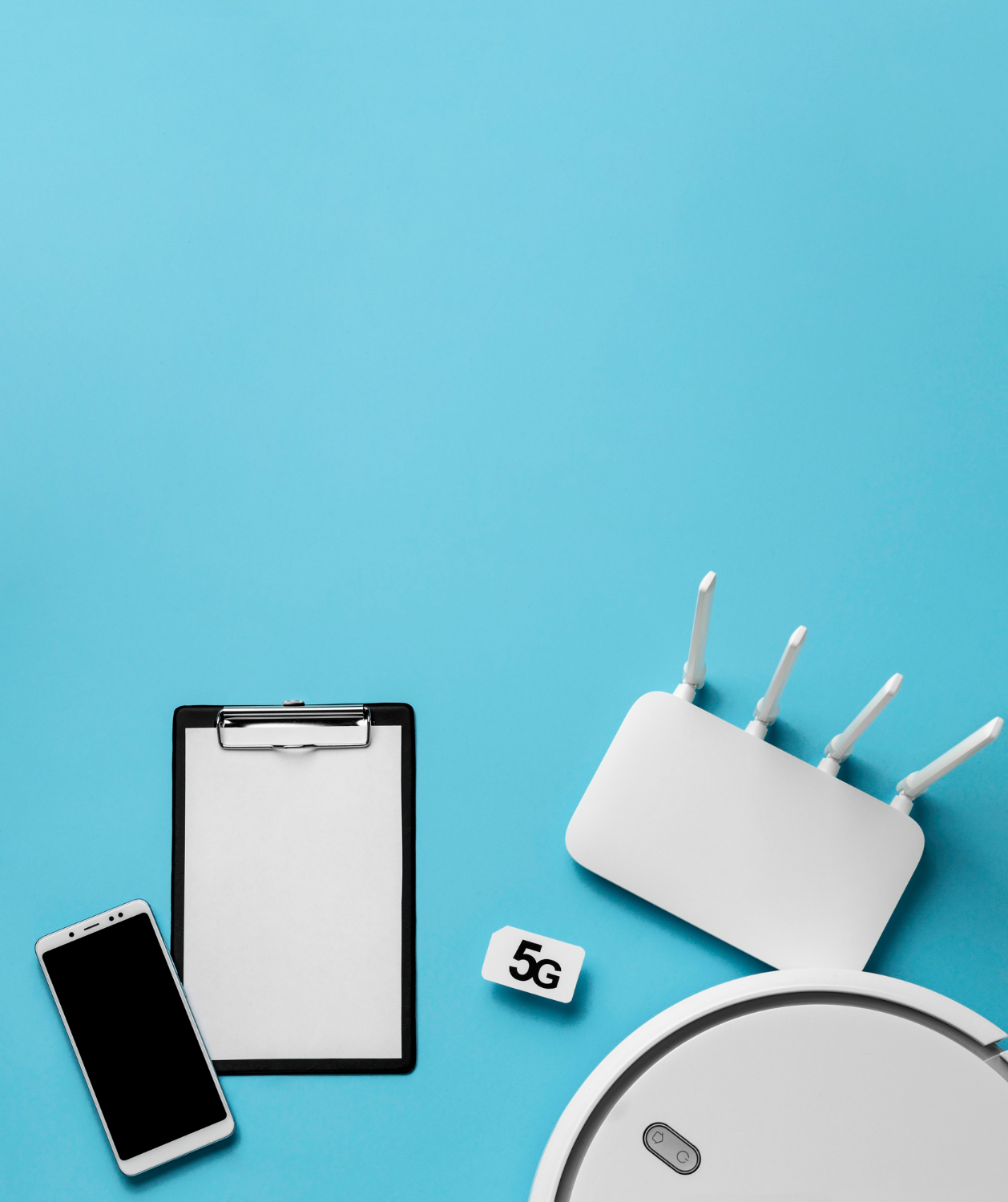When Mark installed his smart doorbell, smart thermostat, and voice-activated lights, he thought he was future-proofing his home. Turns out, he was inviting cybercriminals to move in. What started as a modern convenience quickly became a privacy nightmare when he noticed his living room lights flickering at 3 a.m.—and not by his doing. Weeks later, private conversations were leaked online. The culprit? A compromised smart hub routed through an outdated router.
Across the globe, unsuspecting users are handing over access to their most intimate spaces—all through unsecured IoT devices. From baby monitors broadcasting live feeds to strangers, to hacked voice assistants quietly logging every word you say, the smart revolution is riddled with dumb risks.
Hackers target these devices because most owners never update firmware or change default passwords. Once inside your network, they can map your routine, steal passwords, or even control physical systems—like locks, thermostats, and security cameras.
Cybersecurity experts now recommend segmenting smart devices on a separate WiFi network, disabling unnecessary features, and checking regularly for firmware updates. Also, ditch that factory-set password. It’s the digital equivalent of leaving your front door wide open.
In a world where your fridge can snitch on you and your smart TV might be an undercover agent, remember: just because it talks back doesn’t mean it’s your friend.

